Gout and rheumatoid arthritis
Rheumatoid Arthritis (RA) is a chronic autoimmune arthritis caused by damage originating from the synovial membrane of the joint. This disease is more common in women than in men, usually in middle age, accompanied by clear clinical and paraclinical signs.
Rheumatoid arthritis It occurs when the immune system, which is responsible for protecting the body against bacterial/viral attacks, malfunctions and attacks healthy tissues in the body. The result is inflammation of the synovial membranes, causing the joints to become swollen, hot, red and painful. Patients are at risk of disability and damage to many other organs, such as the eyes, heart, lungs, skin, blood vessels, etc.
Rheumatoid arthritis usually affects symmetrical joints in the body, such as both hands, both wrists, or both knees. This is what distinguishes RA from other types of arthritis. If inflammation occurs in many joints (usually 4-5 locations), it is called polyarthritis.

Gout and rheumatoid arthritis are both joint diseases. However, the symptoms and characteristics will be different.
Gout is a form of arthritis that causes joint pain and swelling that usually lasts for a week or two and then goes away. Gout swelling often starts in the big toe or lower leg.
Gout occurs when high levels of urate salts in the blood accumulate in the body. When this happens, needle-like crystals form in and around the joints. This leads to inflammation and arthritis. However, many people with high levels of urate salts in the blood do not develop gout.
When diagnosed early, treated with lifestyle changes, gout is one of the most manageable forms of arthritis.
Distinguishing between pain caused by gout and rheumatoid arthritis
Location of painful joint
In gout, the painful joints are usually in the toes, especially the big toe. Less common locations are the ankles, knees, midfoot, and elbows.
Meanwhile, rheumatoid arthritis often causes a lot of pain in the joints such as the knees, elbows, ankles, etc. In the early stages, the disease tends to develop in the fingers first.
Characteristics of joint pain
Patients with gout will often see more red and swollen joints and have to go through severe pain, making it difficult to walk. Each pain attack usually occurs quickly and peaks within 24 hours. Along with the pain is a burning sensation on the skin, just the wind blowing by a fan will cause unbearable pain.
Rheumatoid arthritis pain is also quite severe but usually occurs slowly and only inside the joint. The pain may not be too obvious in the early stages, the patient only feels joint pain and fatigue for a short time. However, the pain caused by rheumatoid arthritis will still last if the patient does not treat it.
Gout pain only lasts about 2 weeks or less (even if the patient has not received treatment).
Diagnosis, treatment and prevention of rheumatoid arthritis and gout
To treat gout, it is important to identify the symptoms of gout and rheumatoid arthritis. To diagnose gout, doctors often order a blood test to measure the amount of uric acid in the blood. Rheumatoid arthritis, on the other hand, can be difficult to diagnose in its early stages because the signs are similar to many other diseases.
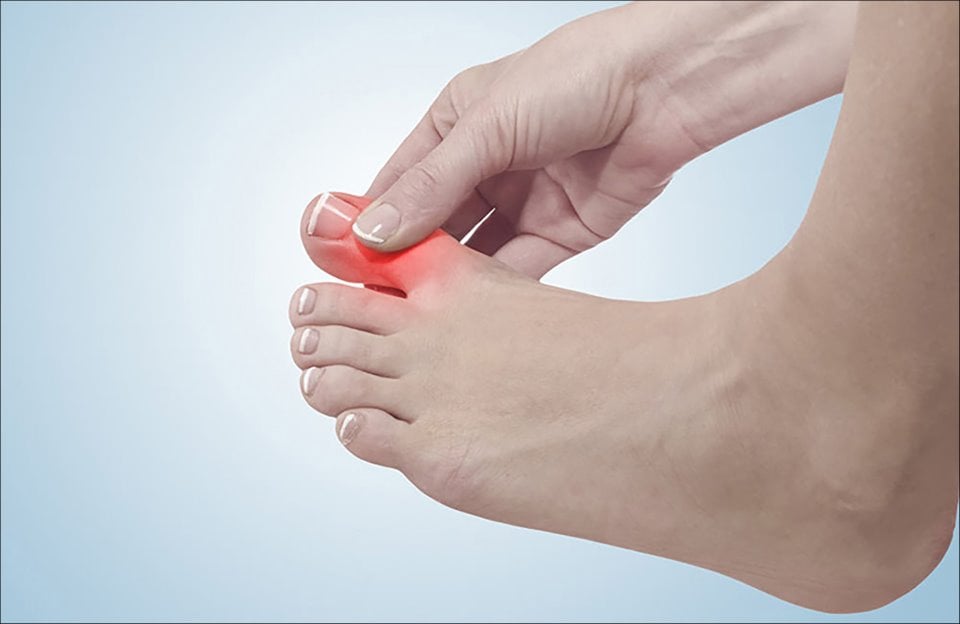
To treat it, it is important to identify the symptoms of gout and rheumatoid arthritis.
In terms of treatment, gout patients are prescribed medication and asked to make changes in diet and lifestyle. In the case of rheumatoid arthritis, medication can help control the condition. In addition to physical therapy (OT), ongoing monitoring and surgery are some other options.
How to prevent
Nutrition plays an important role for patients with joint diseases. Therefore, it is necessary to:
- Limit your intake of purine-rich foods because they increase serum uric acid levels, causing joint pain. These foods include offal, red meat, seafood, alcohol and beer.
- Apply a scientific diet: meals should include lots of vegetables, whole grains and prioritize consuming protein sources such as fish and chicken.
- Exercise regularly, practice light exercises such as cycling, swimming, walking...
- Regular health check-ups and early treatment if the disease is detected early to avoid unnecessary complications such as joint stiffness, disability...
Source








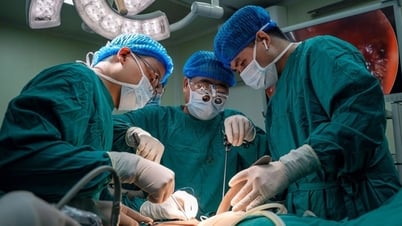



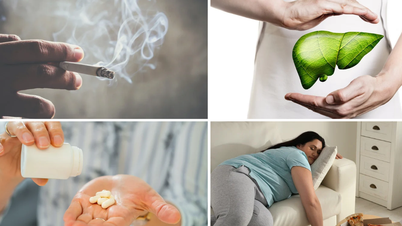

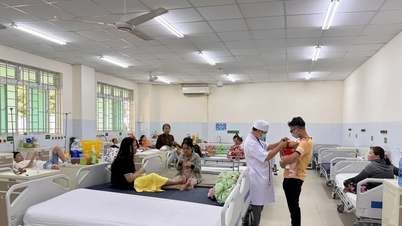








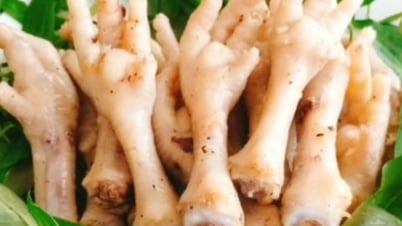












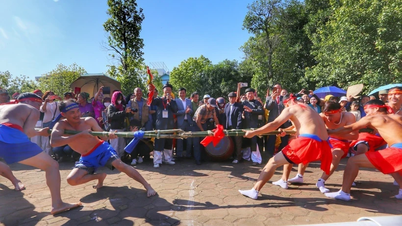






















![[Photo] General Secretary attends the announcement ceremony of Resolutions on merging administrative units in Ho Chi Minh City](https://vphoto.vietnam.vn/thumb/402x226/vietnam/resource/IMAGE/2025/6/30/ab1bd03cc8bb4f60b2665f4915f258c5)






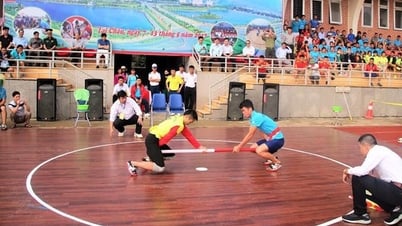



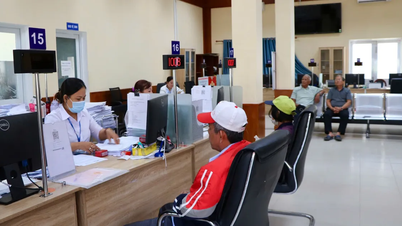





















Comment (0)